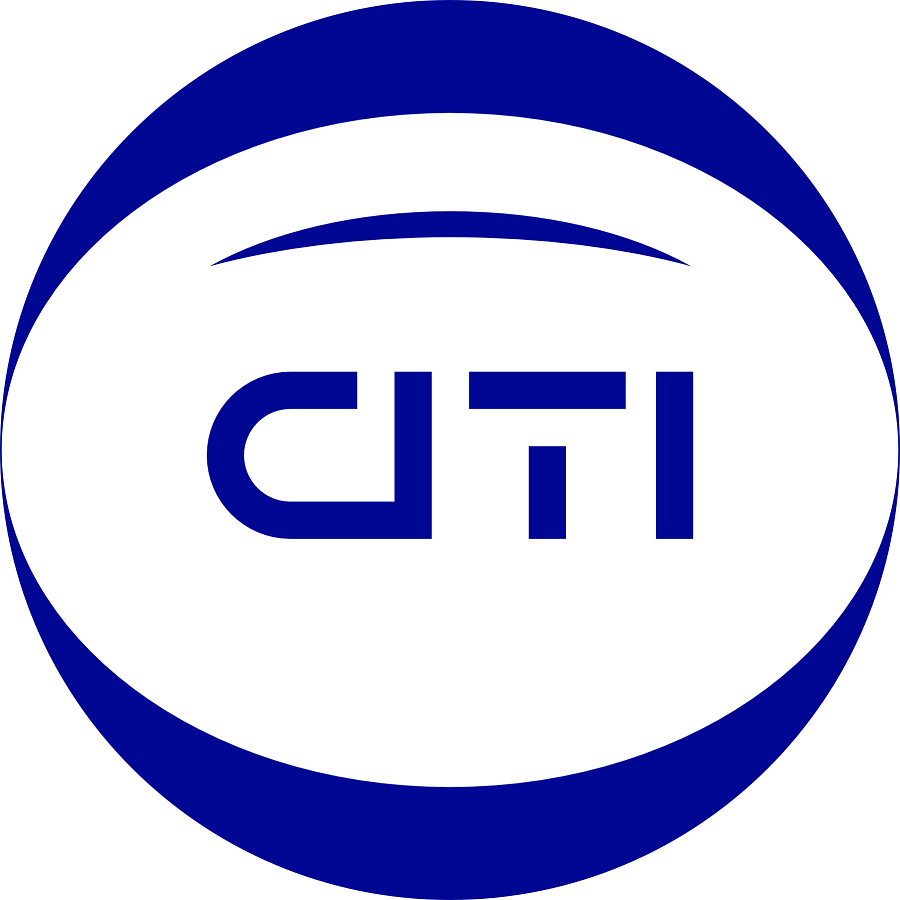COMPUTER HARDWARE REPAIR AND MAINTENANCE
In Integrated Computer SystemsAbout this course
Computer repair and hardware maintenance involve understanding the various components of computers, how they interact, and how to keep them running smoothly. This course covers both external and internal hardware components, as well as software maintenance. By the end of the course, you will be able to assemble, disassemble, and service computers, perform operating system installations, and troubleshoot common hardware and software problems.
What You'll LearnIntroduction to Computers
- Definition and Types: Understand the basic concepts of computers and their types.
- Examples of Computers: Desktop computers, laptops, servers, and more.
Component Identification
- Hardware vs. Software: Differentiate between hardware and software components.
- External Components: Communicating devices, input/output devices, storage devices, peripherals, and non-peripherals.
- Note: Learn to make CD/DVD savable and burn data using various technologies.
- Internal Components: Communicating devices, output devices, storage devices, and others.
- Note: Understand types of CPUs (PGA, LGA), CPU families (Intel, AMD), and hard disk technologies (IDE, SATA, SSD). Compare and contrast these technologies.
- Motherboards: ATX, BTX, and NIL. Categories: Integrated and Non-integrated.
Computer Assembly and Disassembly
- Desktop Computers: Assembly and disassembly of desktops, monitors, and keyboards.
- Laptops: Fixing screens, keyboards, and correcting keyboard keys.
Computer Servicing
- Hardware Servicing: Techniques for maintaining and repairing hardware components.
- Internal Computer Maintenance: Deletion of temporary files, disk defragmentation, creation of restore points, software updates and upgrades, antivirus scans and updates.
Operating System Installation and Program Installations
- OS Installations: Installing Windows, Linux (e.g., Ubuntu), and Windows Server from DVDs or bootable flash drives.
- Note: Learn to create viable partitions, shrink volumes, and understand the impact of shrinking volumes on the OS.
- Making Bootable Flash Drives: Steps to create bootable flash drives.
- Windows Activation: Using reloader software for activation.
- User Account Management: Creating and managing user accounts, including setting passwords.
- System Password Management: Creating system passwords and managing them with jumpers.
- Changing from GPT to MBR: Commands for making OS compatible with GPT.
Troubleshooting Computer Hardware and Software
- Password Cracking: Using HBC-Hiren software and flash reset disks to crack user account passwords.
- Hardware Failure Troubleshooting: Identifying signs of hardware problems and fixing them.
- Note: Learn to diagnose and solve problems by working with non-working components.
Removing Write Protection from Flash Drives
- Techniques: Methods to remove write protection from flash drives.
Printing and Scanning
- Setup and Maintenance: Configuring and maintaining printers and scanners for optimal performance.
Course Components
This course consists of:
- Lectures: Detailed lectures covering theoretical aspects of computer repair and maintenance.
- Discussions: Interactive discussions to clarify concepts and share experiences.
- Lab Assignments: Hands-on lab assignments to apply theoretical knowledge in practical scenarios.
- Assessment Strategies: Regular assessments to evaluate understanding and progress.
Audience
This course is designed for:
- Engineering Students
- ICT Students
- Computer Scientists
- Technicians
- Hobbyists
- Anyone interested in computer repair and maintenance







